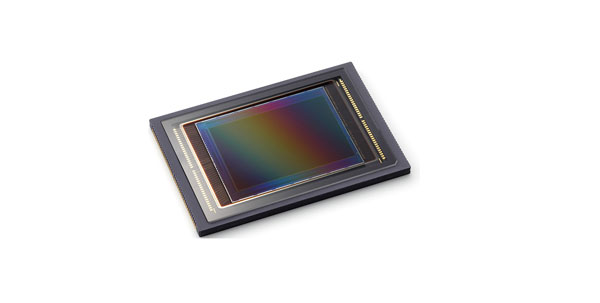
Canon has introduced a new full-frame sensor with a 410-megapixel resolution, a milestone that no one has achieved in the realm of full-frame sensors to date. Canon is the first to break this resolution record by creating a 410-megapixel full-frame sensor. This sensor is capable of recording 24K video, a feat never before possible with any camera. At the same time, the sensor’s readout speed is currently limited, so prototypes can only capture video at 6 frames per second. Nonetheless, with advancements in the camera industry and the adoption of faster semiconductors, it’s only a matter of time before this performance improves.
Canon develops CMOS sensor with 410 megapixels, the largest number of pixels ever achieved in a 35 mm full-frame sensor
TOKYO, January 22, 2025— Canon Inc. announced today that it has developed a CMOS sensor with 410 megapixels (24,592 x 16,704 pixels), which is the largest number1 of pixels ever achieved in a 35 mm full-frame sensor. This sensor is expected to be used in applications that demand extreme resolution in various markets including surveillance, medicine, and industry.
The newly developed CMOS sensor features a resolution equivalent to 24K (198 times greater than Full HD, and 12 times greater than 8K). This enables users to crop any part of the image captured by this sensor and enlarge it significantly while maintaining high resolution. While many CMOS sensors with a super-high pixel count are medium-format or larger, this extreme resolution sensor is compacted into a 35 mm full-frame format. This allows it to be used in combination with lenses for full-frame sensors, and it is expected to contribute to the miniaturization of shooting equipment. As data readout of a CMOS sensor tends to take longer as the number of pixels increases, achieving a CMOS sensor with a super-high pixel count requires advanced signal processing technology. The newly developed sensor employs a back-illuminated stacked formation in which the pixel segment and signal processing segment are interlayered and also includes a redesigned circuitry pattern. As a result, the sensor is capable of achieving a super-high readout speed of 3,280 megapixels per second, delivering video at 8 frames per second.
This sensor also features a “four-pixel binning” function that virtually treats four adjoining pixels as one, thereby improving sensitivity and making it possible to capture brighter images. When this function is in use, the sensor can capture 100-megapixel video at 24 frames per second.
By leveraging the technology it has accumulated over many years as a leading imaging company, Canon has developed breakthrough products including CMOS sensors with super-high pixel count and ultra-sensitivity, and SPAD sensors, which detect faint traces of light even in dark areas. Canon will continue to advance its technology and contribute to the transformation and further development of society.
Additional information
The sensor is scheduled to be displayed at the Canon booth at SPIE Photonics West, a leading global conference for optics and photonics held in San Francisco from January 28-30, 2025.
- 1 As of January 21, 2025 (According to a survey by Canon).
- 2 Applies to both color and monochrome sensors
- 3 Monochrome sensor only
Also take a look at – Canon Upcoming Cameras 2025
Get LIVE RUMORS –> FACEBOOK | TWITTER | INSTAGRAM to get live news + Canon rumors 24X7
Impact-Site-Verification: 8446e2bd-5bb3-4159-bac2-4a97c776bb05






